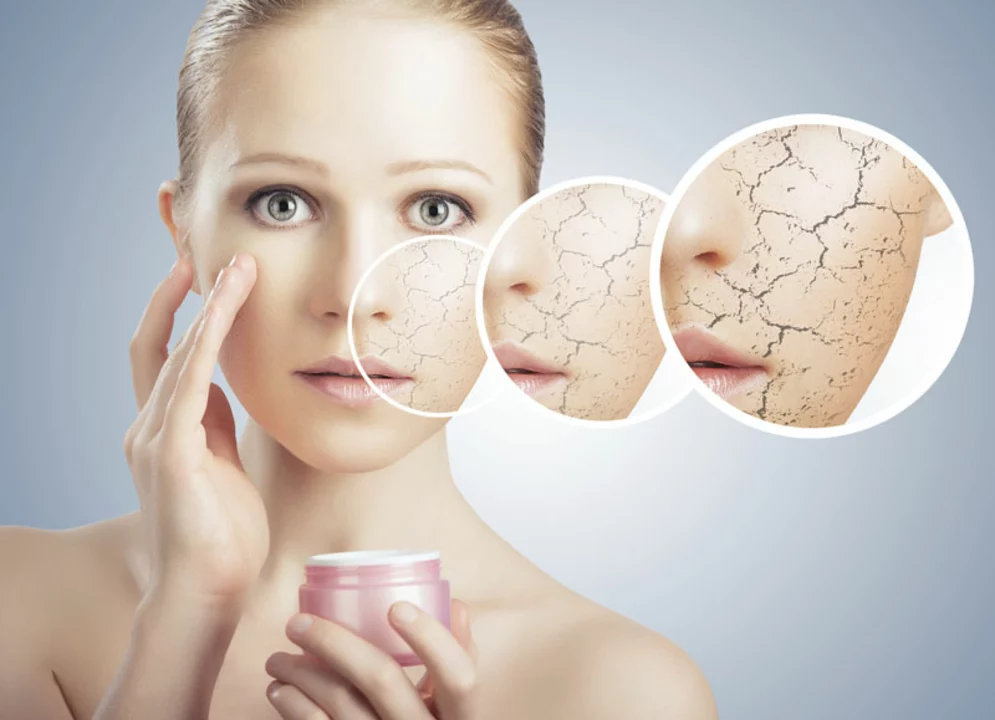Skin Pain: What Causes It and How to Handle It
Skin pain can start from something as small as a mosquito bite or as serious as an infection under the skin. The first step is figuring out what’s behind the pain: is it sharp and burning, dull and throbbing, or spreading redness and warmth? Those details tell you whether home care will do or if you need medical attention.
Quick first-aid for skin pain
Clean the area with mild soap and water. Stop any bleeding with gentle pressure. For swelling and pain, use a cool compress for 10–15 minutes every few hours. Over-the-counter pain relievers like acetaminophen or ibuprofen help with discomfort—follow the label. If a cut or scrape is dirty, gently remove debris with rinsing; don’t dig at it. For minor burns, cool water (not ice) for several minutes reduces pain and tissue damage.
If you suspect an allergic reaction (sudden widespread redness, itching, or hives), an oral antihistamine can ease symptoms. For localized itching or mild rash, a hydrocortisone cream may help for short-term use. Avoid covering a suspicious wound tightly—air helps healing unless a healthcare provider advises otherwise.
Infections, antibiotics, and when to consult
Redness that spreads, increasing pain, warmth, swollen lymph nodes, pus, or fever are signs of possible infection. Cellulitis—deep skin infection—often looks like a hot, red, tender patch that keeps enlarging. That’s when you need a doctor. They may prescribe oral antibiotics; common choices discussed on our site include ciprofloxacin in some cases and linezolid for resistant infections, but only a clinician should pick the drug and dose. Never start antibiotics without medical advice—wrong choices can delay healing and cause resistance.
For acne-related pain or hormonal skin issues, treatments differ. Oral meds like spironolactone or topical options can help, but they need guidance from a prescriber. If pain comes with a new or changing mole, persistent bleeding, or hard lump, get a professional skin check to rule out more serious causes.
Home care keeps many skin problems from getting worse: keep wounds clean, change dressings as directed, avoid scratching, and use gentle moisturizers on dry, cracked skin. Protect healing skin from sun and irritants—friction and chemicals slow recovery.
Watch for these red flags: fever, spreading redness beyond the initial area, rapid worsening, severe pain, numbness, or pus. If any appear, seek same-day care. For stable but unresolved issues, book a primary care or dermatology visit—early treatment often prevents complications.
Want deeper reading? Check our articles like “Ciprofloxacin for Cellulitis” and “Linezolid Pharmacokinetics” for more on antibiotics, or browse pieces on acne and wound care to find practical tips for your situation. If you’re unsure, call a healthcare provider—skin pain is common, but the right action makes all the difference.
Skin Pain and Weather Changes: How to Protect Your Skin
As a blogger who has experienced skin pain due to weather changes, I can't stress enough the importance of protecting our skin. Fluctuating temperatures and humidity levels can cause dryness, irritation, and even flare-ups of skin conditions. To shield our skin, it's crucial to maintain a consistent skincare routine, using gentle cleansers and moisturizers that suit our skin type. Additionally, staying hydrated, wearing sunscreen, and protecting our skin from harsh winds can go a long way in preventing skin pain. Remember, our skin is our body's largest organ, and taking care of it is essential to our overall well-being.

